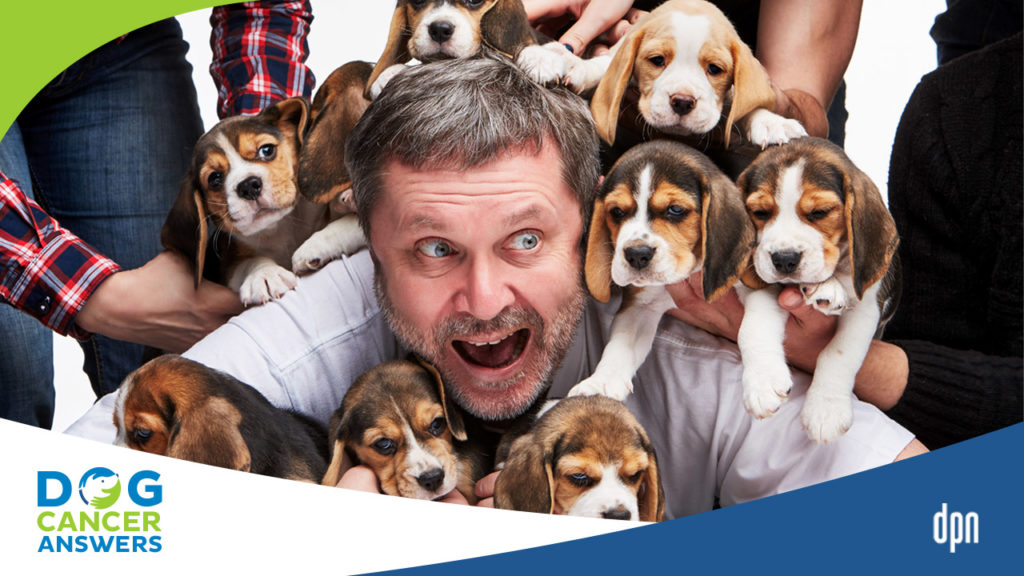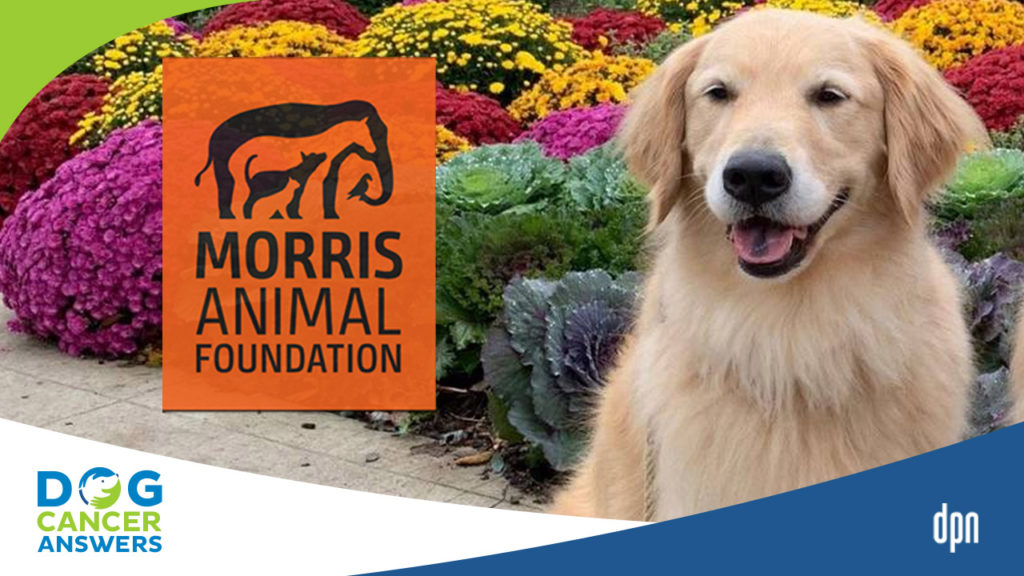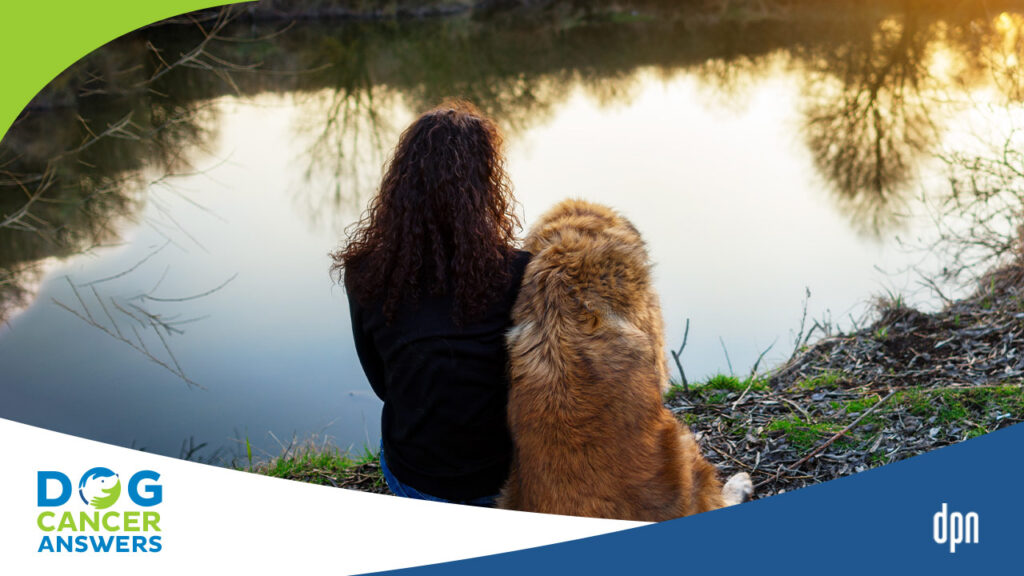James Jacobson: Let’s talk a little bit about dog breeds, and which breeds are more likely to get cancer. Are there certain breeds that are more susceptible to cancer? Dr. Ettinger?
Dr. Susan Ettinger: Unfortunately, a lot of the pure breeds are at risks for cancer, and there’s a lot of inbreeding unfortunately in those line that pre-disposes them to cancer. Some of the top breeds that I see in my practice are Golden Retrievers, we see Labrador Retrievers, Rottweilers, German Shepherds and Boxers, I think those are some of the breeds. Unfortunately, there’s no breed that’s completely cancer free. But again, those are some of the top breeds that I see.
James Jacobson: Dr. Dressler, what do you see? Are there…I imagine the same types of breeds are you see presenting with cancer.
Dr. Demian Dressler: Yeah, absolutely. I live and practice in a different geographic location other than Dr. Ettinger, and there are breed-related interactions to the environment. For example, I practice in Hawaii, and here we have a lot of sun exposure. So I will see a lot of the sun exposure-risk breed, so it’s interesting because dogs, the cancers that increase risk as a consequence of sun exposure are going to be say, hemangiosarcomas of the skin or of the eye. Another one would be squamous cell carcinoma. We don’t see, which is different from humans, we don’t see increased risk of melanoma. People have heard of melanoma as the pigmented cancer that pops up on your skin if you’re fair complexion and you have sunlight exposure. So, in dogs, they lack that association, melanoma does not increase as a consequence of sun exposure.
James Jacobson: What about a smaller dog versus larger dogs, is there any correlation between how big the dog is and its likelihood of getting cancer?
Dr. Demian Dressler: One of the main differences there and each breed can be more or less prone to individual cancers. Certainly, the size of the dog impacts in particular osteosarcoma which is a cancer that usually happens in the long bones and sometimes in some other bones and other areas as well. So, certainly, the size of the dog can impact which of the different types of cancer when we are talking about bone cancer in particular. There’s other physical characteristic such as pigmentation, Chow Chows, Poodles, and breeds that have pigmentation inside of their mouth. You may see more cases of malignant melanoma which is a pigmented cancer that occur inside the mouth. I’m not sure if you see this Dr. Ettinger or not where you practice, but it is documented that dogs that have shorter muzzles versus dogs that have longer noses are more or less prone to nasal cancers. The ones that have the longer muzzles, your Koolies and breeds like that are more prone to nasal cancer in particular as a consequence of inhaled carcinogens. When you compare those dogs to dogs that have shorter noses like Boxers, Pugs, so what we are talking about are nasal cancers in particular.
Dr. Susan Ettinger: That’s true, and the thought behind that is that they’re breathing in more of those carcinogens and pollutants in the air and the long nose breathes are getting trapped in the nose and there is greater exposure to those carcinogens as opposed to the Pugs and the Boxers and some of those other ones. Then, interestingly, there are other cancers that we see in smaller dogs for example Westies and Scotties, we see a lot of bladder cancer, the transitional cell carcinoma, and they’re actually one of the highest breeds that we see that. Shelties are also pre-disposed for that bladder cancer as well. So interestingly, there are some strong breed dispositions and there’s a great list in the book in The Dog Cancer Survival Guide where you can kind of look at your dog’s breed and see what cancer they may be pre-disposed to. It’s a pretty exhaustive list and it’s a good place to check out.
James Jacobson: With that, thank you so much Dr. Ettinger in New York, Dr. Dressler in Hawaii. Thanks so much.
Dr. Demian Dressler: Thank you.
Dr. Susan Ettinger: Thanks.









